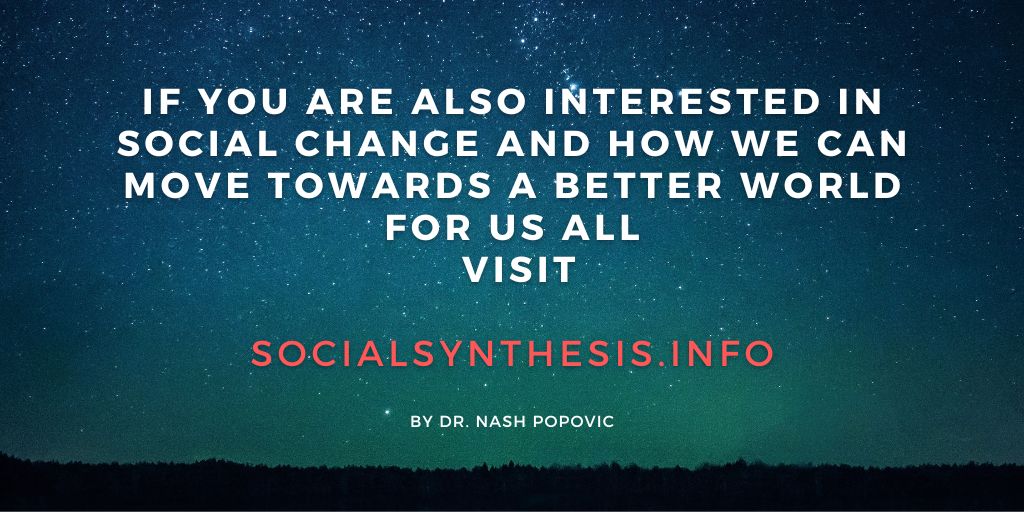Cognitive Group
Broadly speaking, the term ‘cognitive’ refers to what we usually call thinking. The word thinking is avoided though because it is too often identified only with reasoning and conceptualising. This group has a larger scope; it includes the following areas:
- Learning represents the receptive aspect of the mental process but this is not to say that it is passive. Learning requires an intention to learn, which is why this area belongs to the agency mode. Experiments with animals and humans show that even simple forms of learning that are just a response to stimuli (e.g. conditioning) require an active involvement. More complex ones that we will focus on here definitely do.
- Practical reasoning and Creative thinking are on the sides of this group and complement each other. The former is primarily evaluative, and the latter mainly generative. Although the terminology used may sometimes differ, it is largely accepted that they represent two fundamental modes of cognition. More than a half a century ago it was concluded that ‘most actual thinking alternates between two poles, which we may call the Realistic and the Imaginative.’(1) Of course, there is actually no clear-cut distinction between these two modes of thought processes but rather ‘a switching from one pole to the other and much intermediate “mixing”.’12 However, it makes sense for practical purposes to approach them separately.
- Inner structure refers to the system of our beliefs, concepts, and ideas that determine the way we construct our reality. Inner structure is the last area in this group and is based to some extent on the previous three, but it cannot be reduced to them.
Although decision making and problem solving are often associated with thinking and have a strong cognitive component, they are not included in this group. This is because they cannot be seen only in the light of cognitive processes (a decision, for example, can be based on emotions or intuition). So, rather than here, they are addressed within the Choice group and the Problem group respectively. Let’s turn now to the above areas, starting with Learning.
(1) Thomson, R. (1959) The Psychology of Thinking. London: Penguin Books, p.185.

